[Updated June 10, 2020]
Before you begin your prescribed discipline process, stop and ask yourself what your intended outcome is. Are you trying to change behavior or punish? There are times, when ‘punishment’ may be appropriate. For example, if you have an occurrence-based attendance policy. Taking an employee through the steps of progressive discipline, is not likely going to change behavior but rather it will let the employee know where they stand what will happen with their next unapproved absence. Major safety violations may also be punitive in nature if you are suspending and/or imposing a financial burden. Many times, you will find that your goal is to encourage changed behavior; using a progressive discipline approach is your best bet to make that happen.
There are four major steps to consider for a good progressive discipline structure. These steps will provide a framework to help your employees and will set your business up for success.
Step 1: Informal Coaching
Informal Coaching occurs when the supervisor/manager first notices a behavior or performance metric that is not being met and meets privately with the employee to discuss the deficiency and offers tools and suggestions for improvement. The manager should keep notes regarding the date and subject of the meeting as well as what was discussed. These notes should not go into an employee’s Human Resource file. The goal here is to keep the conversation informal and relaxed and it should not feel punitive for the employee.
Step 2: Formal Verbal Warning
A formal verbal warning is used when the supervisor/manager notices a pattern of behavior that is negatively affecting performance. These warnings should be documented (despite the term verbal) and should include a clear message on the expectations and the next steps outlined if performance does not improve. Again, the supervisor or manager should approach this affirming that their role is to support the employee and provide tools and resources to help. This document should be part of their Human Resource file. Note: If an employee refuses to sign, you can note ‘refused to sign’ in place of their signature. An employee’s signature does not mean they agree; only that the expectations were discussed.
Step 3: Written Warning
If insufficient progress is not made after the formal verbal warning, then a formal written warning will come into play. Your company can choose how many iterations of the written warning you need. You can do a 1st written as well as a 2nd. In most cases, a written warning followed by a final written warning is enough. This is meant to send a more serious message and should include the facts of the deficiency as well as the expectations for improvement with clear delivery dates. Include the date of the previous warnings for reference. The supervisor or manager is still trying to work with the employee in offering help by laying out a plan and that should be listed here as well. It is critical that the supervisor or manager convey that they believe the change is attainable. These should be signed documents and should be filed with Human Resources.
Step 4-Final Written Warning
This is used as a “last chance” document for the employee to demonstrate the improvement. The supervisor or manager is still working with the employee, but the onus is now on the employee. It should reference the dates of prior warnings and spell out the expectations that are not being met and time frames for next steps. The next step should be listed as potential termination. A suggested example of verbiage to use: May result in further disciplinary action up to and including termination.
The last step of course would be termination if the steps above do not produce the desired results. Having a progressive discipline process helps you as the employer have a defensible case should you ever be challenged but more importantly it gives clear direction and expectations to employees to be successful in their role.
By Linda Hunter, a member of Catapult’s HR Advice Team. As a seasoned HR professional, Linda has a broad generalist background from several North Carolina based companies in various industries. Areas of focus include compliance, employee relations, leave of absence management performance management as well as HRIS administration. Catapult members have 24/7 unlimited access to our Advice & Resolution team.

